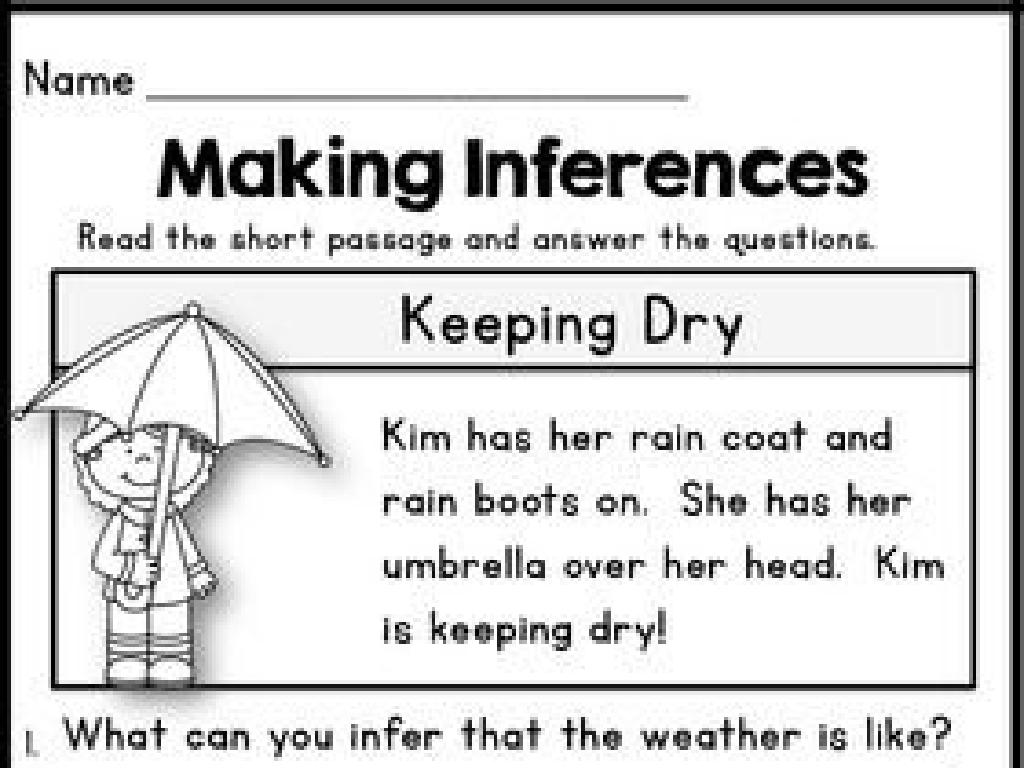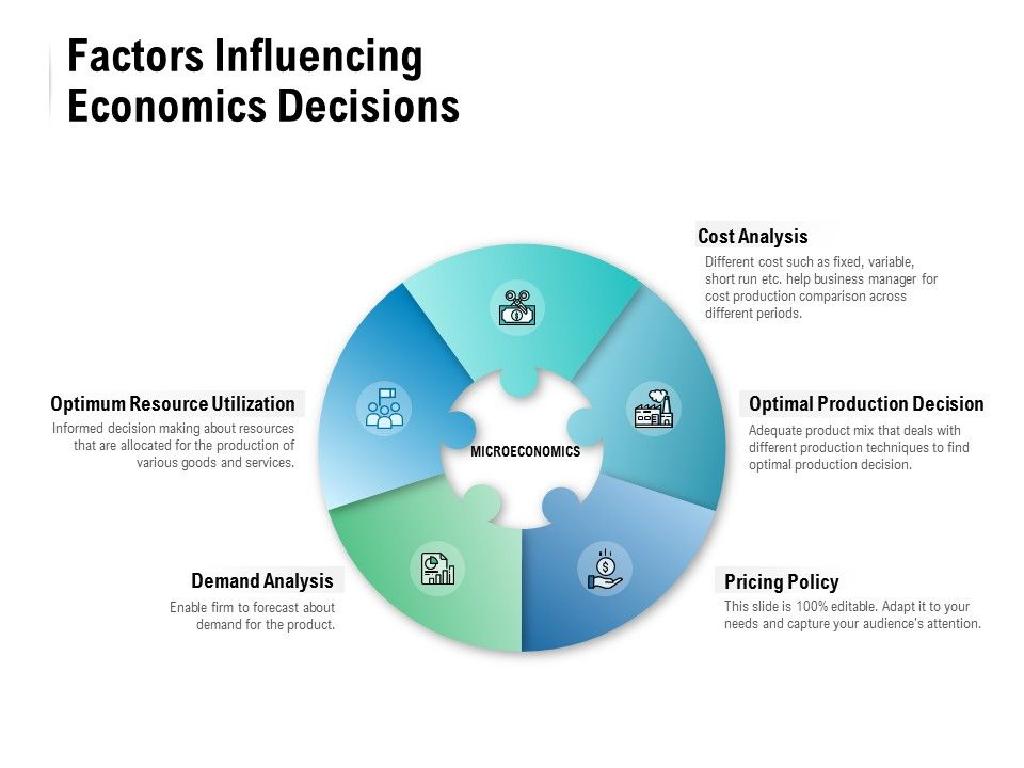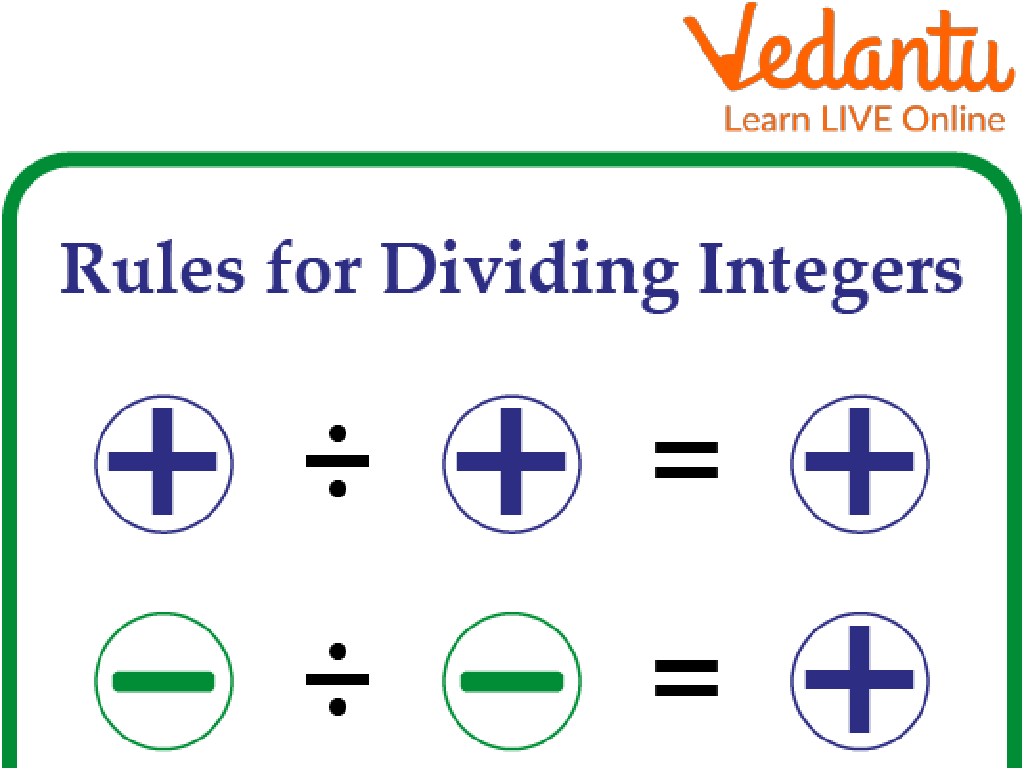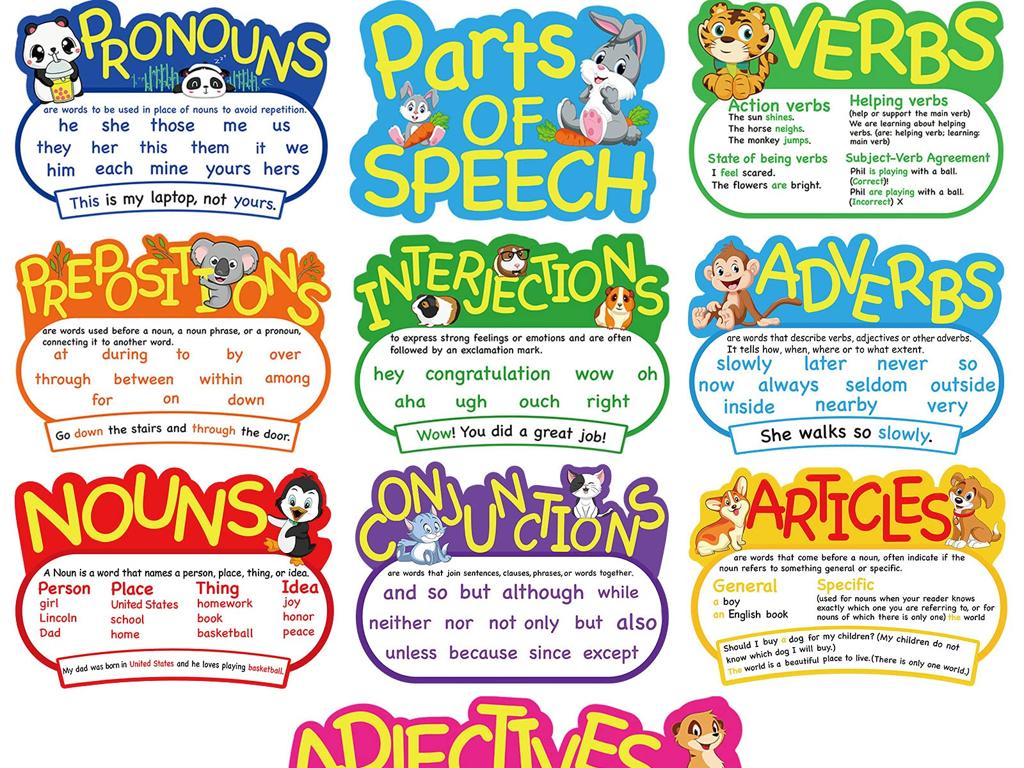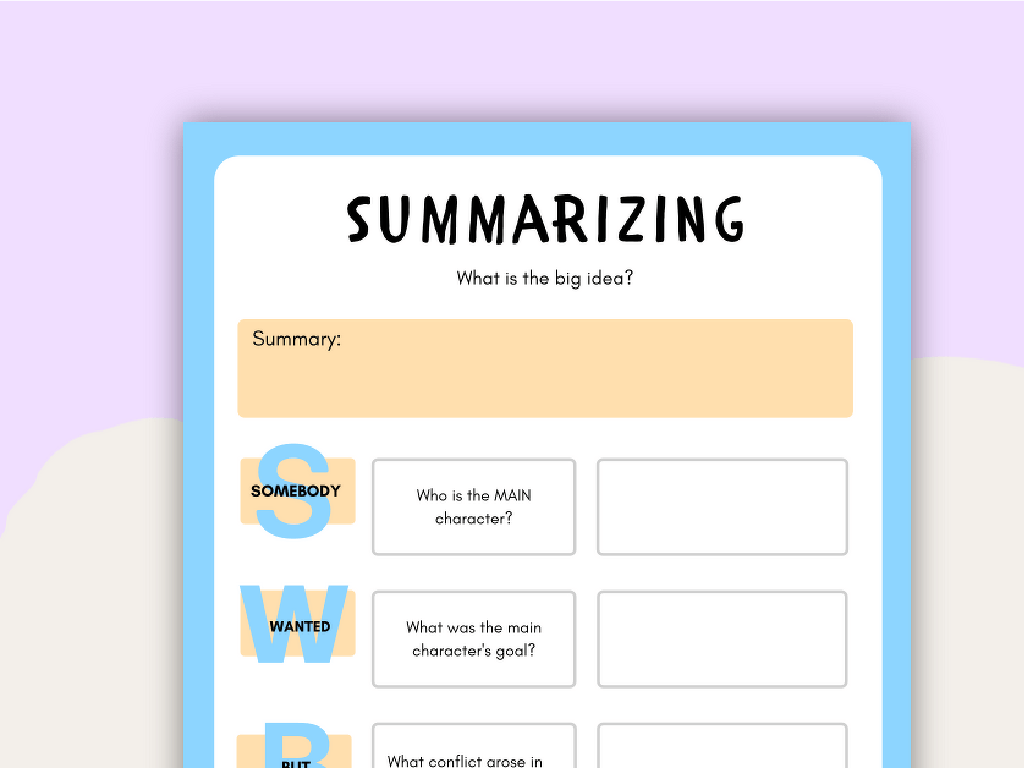Convert Between Improper Fractions And Mixed Numbers
Subject: Math
Grade: Fourth grade
Topic: Mixed Numbers
Please LOG IN to download the presentation. Access is available to registered users only.
View More Content
Introduction to Mixed Numbers
– Understanding fractions
– Fractions represent parts of a whole
– Defining mixed numbers
– Mixed numbers combine whole numbers and fractions
– Real-life mixed number examples
– Like 1 1/2 pizzas or 2 3/4 hours of play
– Practice with mixed numbers
– Convert 7/4 to a mixed number and vice versa
|
Begin the lesson by explaining that fractions are a way to represent parts of a whole, using a numerator and denominator. Introduce mixed numbers as a combination of a whole number and a fraction, which are often used in everyday life. Provide relatable examples such as portions of food or durations of time to illustrate the concept. Engage the students with an activity where they practice converting improper fractions to mixed numbers and back, reinforcing their understanding of the relationship between the two. For example, show how 7/4 can be seen as 1 whole and 3/4, which is written as 1 3/4.
Understanding Improper Fractions
– Define improper fraction
– A fraction where the numerator is greater than or equal to the denominator, e.g., 7/4
– Compare with mixed numbers
– Mixed numbers have a whole part and a fraction part, e.g., 1 3/4
– Examples of improper fractions
– 9/5, 11/3, and 7/2 are all improper fractions
– Converting to mixed numbers
– Divide the numerator by the denominator to convert, e.g., 7/4 = 1 3/4
|
This slide introduces students to improper fractions and how they differ from mixed numbers. An improper fraction has a numerator that is larger than or equal to its denominator, indicating that it is greater than or equal to one whole. In contrast, a mixed number combines a whole number with a proper fraction. Provide examples of improper fractions and demonstrate how to convert them into mixed numbers by dividing the numerator by the denominator. The remainder becomes the numerator of the fraction part of the mixed number. Encourage students to practice with additional examples and to visualize the conversion process using pie charts or other visual aids to enhance understanding.
Converting Improper Fractions to Mixed Numbers
– Divide numerator by denominator
– If 7/4, divide 7 by 4.
– Record the whole number result
– 7 divided by 4 equals 1.
– Remainder becomes the fraction part
– The remainder is 3.
– Combine to form a mixed number
– 1 whole and 3/4 is the mixed number.
|
When teaching students to convert improper fractions to mixed numbers, start by explaining that an improper fraction has a numerator larger than the denominator. Demonstrate the conversion process by dividing the numerator by the denominator to get a whole number, which represents the number of times the denominator fits into the numerator. The remainder of this division becomes the numerator of the new fraction part of the mixed number. Combine the whole number with the new fraction to get the mixed number. Use examples like 7/4 to show the process: 7 divided by 4 equals 1 with a remainder of 3, so the mixed number is 1 3/4. Encourage students to practice with different improper fractions to become comfortable with the conversion process.
Converting Mixed Numbers to Improper Fractions
– Multiply whole number by denominator
– Add numerator to the product
– Place result over original denominator
– Example: Convert 3 1/4 to an improper fraction
– 3 x 4 = 12, 12 + 1 = 13, so 3 1/4 becomes 13/4
|
This slide provides a step-by-step guide for students to convert mixed numbers to improper fractions. Start by multiplying the whole number part of the mixed number by the denominator of the fractional part. Next, add the numerator of the fractional part to the product of the multiplication. Finally, write this sum as the new numerator, keeping the original denominator the same. For example, to convert 3 1/4 to an improper fraction, multiply 3 (the whole number) by 4 (the denominator), which equals 12. Then add 1 (the numerator), resulting in 13. Therefore, 3 1/4 as an improper fraction is 13/4. Encourage students to practice this method with various mixed numbers to become comfortable with the process.
Converting Fractions and Mixed Numbers
– Convert improper to mixed numbers
– Example: 7/4 becomes 1 3/4
– Convert mixed to improper fractions
– Example: 2 1/3 becomes 7/3
– Practice with examples together
– Understand conversion process
|
This slide is aimed at providing practice examples for the students to convert between improper fractions and mixed numbers. Start by demonstrating how to convert an improper fraction, like 7/4, into a mixed number by dividing the numerator by the denominator. Then show the reverse process by converting a mixed number, such as 2 1/3, back into an improper fraction. Engage the class by working through these examples together, ensuring they grasp the concept of how many times the denominator fits into the numerator. Encourage students to ask questions and provide additional examples if needed. The goal is for students to understand the conversion process and feel confident in performing these conversions on their own.
Class Activity: Converting Fractions
– Convert improper fractions
– Change 7/4, 9/5, 11/3 to mixed numbers
– Convert mixed numbers
– Change 2 1/3, 4 2/5, 3 3/8 to improper fractions
– Share and discuss with a partner
– Understand conversion process
|
This activity is designed to reinforce the students’ understanding of converting between improper fractions and mixed numbers. Start by having the students work independently to convert the given improper fractions to mixed numbers and vice versa. Afterward, they should pair up to compare answers and discuss any differences in their solutions, promoting peer learning. As a teacher, circulate the room to offer guidance and ensure that students are using the correct methods. Possible activities for different students could include creating their own fractions to convert, using visual aids to represent the fractions, or even incorporating fraction conversion into a game format to make the learning process more engaging.
Converting Fractions: Recap & Quiz
– How to convert fractions
– Divide numerator by denominator for mixed numbers
– Importance of both forms
– Mixed numbers and improper fractions are used in different scenarios
– Quick Quiz
– Test your skills with a few questions
– Review and practice
|
As we conclude, let’s recap the steps to convert between improper fractions and mixed numbers. Understanding both forms is crucial as they are used in various aspects of math and real-life situations, such as cooking or measuring. To ensure comprehension, we’ll have a quick quiz with problems to solve. This will help solidify the concept and give students the confidence to use these conversions. Encourage students to practice these conversions regularly to become proficient.

